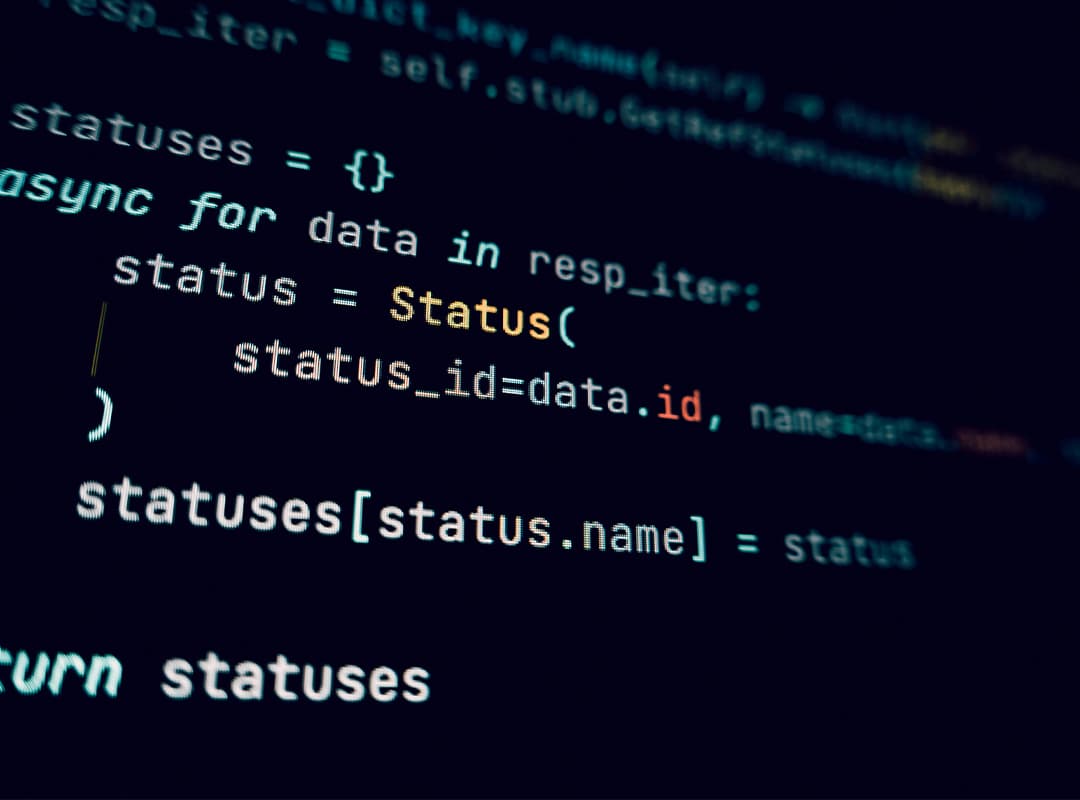Autoencoders have become an intriguing tool for data compression, and implementing them in Keras is surprisingly straightforward. In this post, I’ll delve into autoencoders, borrowing insights from the Keras blog by Francois Chollet.
Autoencoders, unlike traditional compression methods like JPEG or MPEG, learn a specific lossy compression based on the data examples provided, rather than relying on broad assumptions about images, sound, or video. They consist of three main components:
- Encoding function
- Decoding function
- Loss function
The encoding and decoding functions are typically neural networks, and they need to be differentiable with respect to the loss function to optimize the parameters effectively.
So, what are autoencoders good for?
- Data denoising
- Dimension reduction
- Data visualization
For data denoising, autoencoders offer a nonlinear alternative to methods like PCA, which is linear. Additionally, dimension reduction is a natural outcome of the lossy compression process, aiding in denoising and pre-training for other machine learning algorithms.
Let’s explore the basics of autoencoders using Keras with the following models:
- Simple Autoencoder
- Deep Autoencoder
- Convolutional Autoencoder
- A second Convolutional Autoencoder for denoising images
First, let’s set up our environment and load the MNIST dataset for experimentation:
python
from IPython.display import Image, SVG
import matplotlib.pyplot as plt
%matplotlib inline
import numpy as np
import keras
from keras.datasets import mnist
from keras.models import Model, Sequential
from keras.layers import Input, Dense, Conv2D, MaxPooling2D, UpSampling2D, Flatten, Reshape
from keras import regularizers
# Load and scale the MNIST dataset
(x_train, _), (x_test, _) = mnist.load_data()
max_value = float(x_train.max())
x_train = x_train.astype('float32') / max_value
x_test = x_test.astype('float32') / max_value
x_train = x_train.reshape((len(x_train), np.prod(x_train.shape[1:])))
x_test = x_test.reshape((len(x_test), np.prod(x_test.shape[1:])))
Now, let’s dive into the different types of autoencoders. We’ll start with a Simple Autoencoder.
